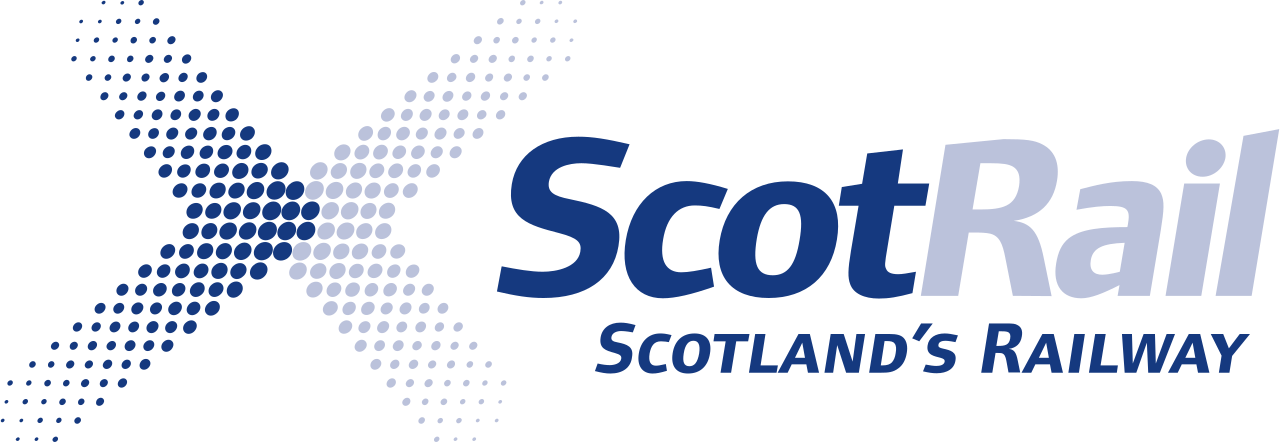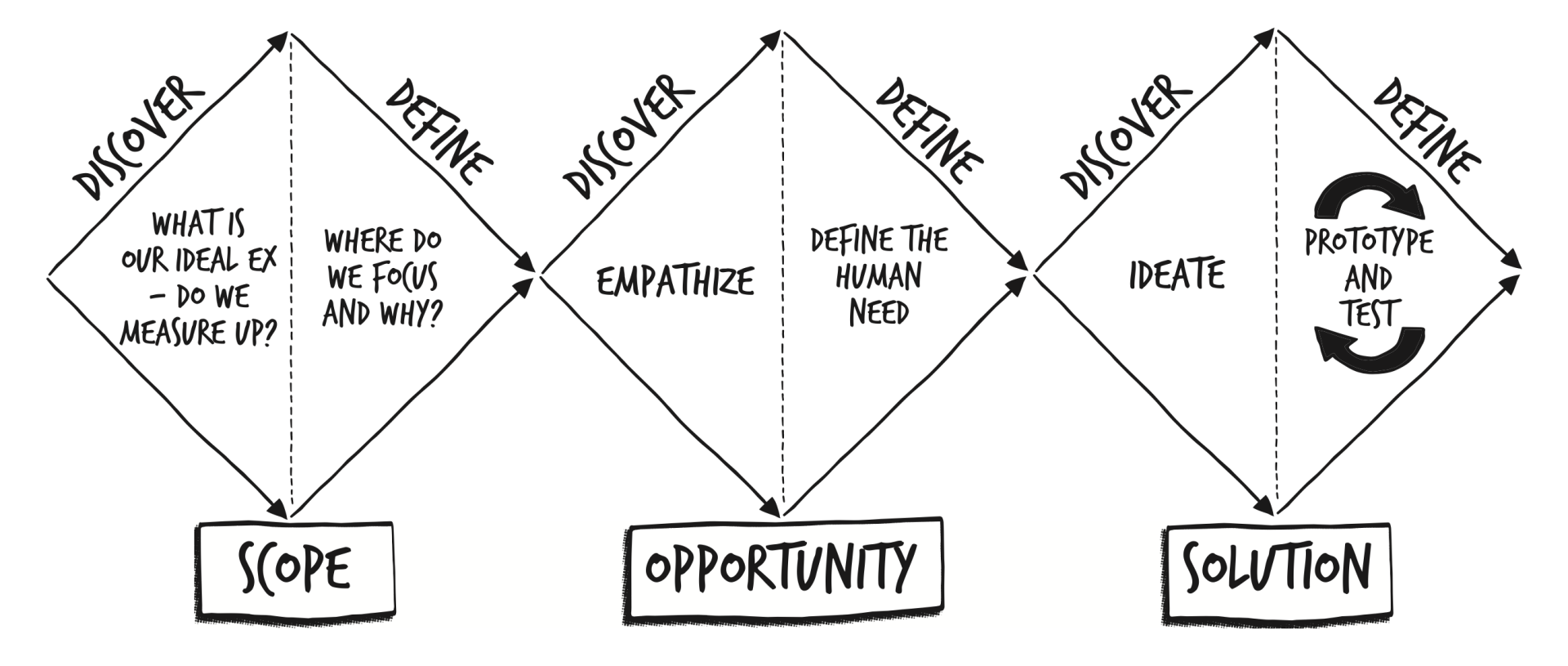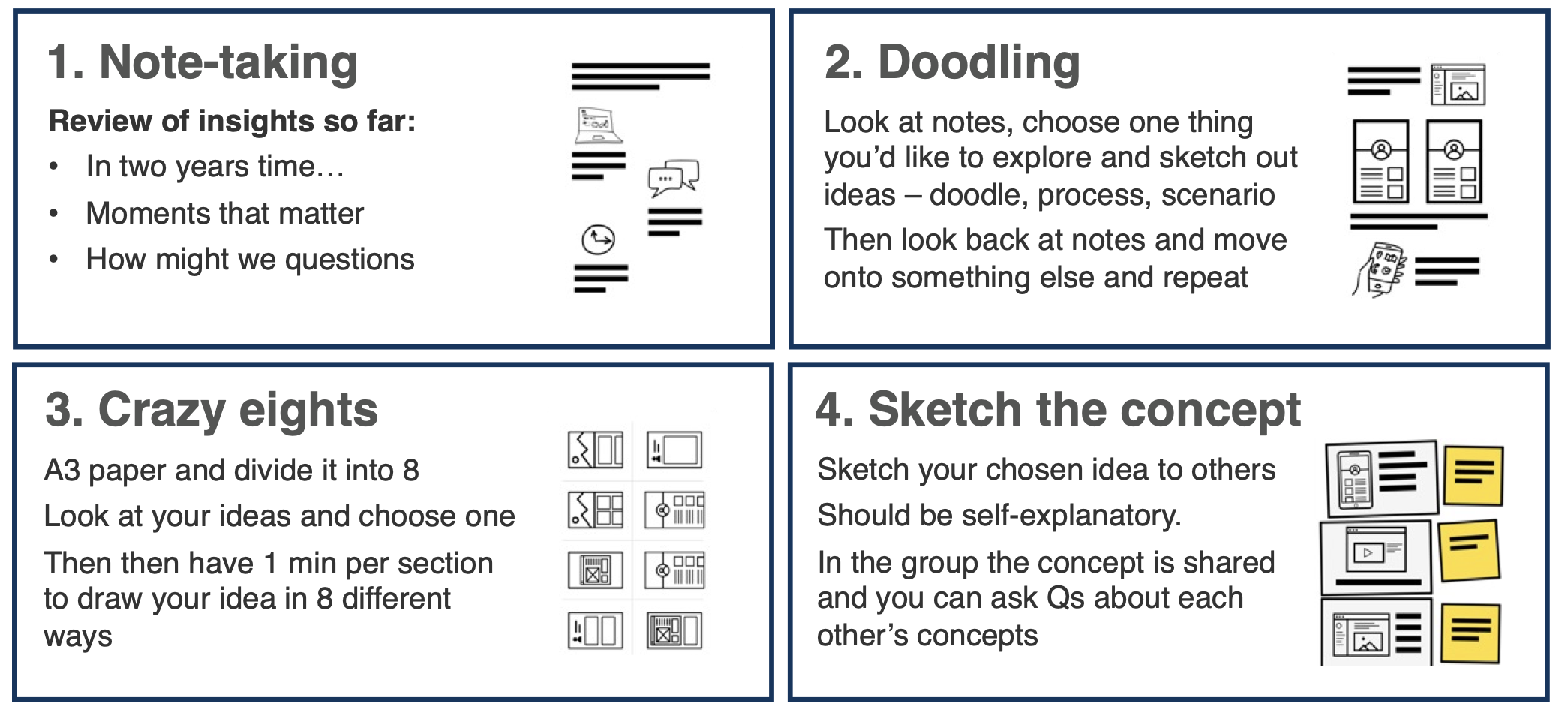The EX Files

Transforming ScotRail's Onboarding Experience: Taking A Human-Centred Design Approach
ScotRail provides nearly 100 million passenger journeys each year – the ScotRail network is vital to Scotland's communities and to the country's booming tourist industry. With over 5,000 employees based across Scotland, they’re a large employer with a proud history.
They’ve been working hard to make ScotRail more than just a great place to come and work – and they have an ambition to create an environment where people can grow both personally and professionally, building a career they can be proud of in a company where they feel included, valued and respected.
To achieve this ambition, they’re passionate that the colleague experience should be front and centre of what they do. They identified an opportunity to use more human-centred, EX design to improve employee experience and brought in EX and Engagement consultancy, People Lab, to help and support them throughout this programme.
The challenge...
The onboarding experience had
evolved over time, yet lacked validation and there was no real understanding of
its effectiveness. ScotRail sought to define what an ideal onboarding
experience entails, with the aim to then create a memorable, welcoming, and
empowering journey for new hires.
Approach: ScotRail embraced the idea of taking a human-centred design approach, incorporating positive psychology and innovation tools to revamp the onboarding process.
Approach: ScotRail embraced the idea of taking a human-centred design approach, incorporating positive psychology and innovation tools to revamp the onboarding process.

What was involved...
To truly take a human-centred design approach, they needed to involve people who had been through the experience, as well as other relevant stakeholders who touched the onboarding experience in some way. So, the team initiated a series of three virtual EX Design workshops, facilitated by People Lab, which involved recent employees, and managers as well as other professionals engaged in the onboarding process.
The full session followed People
Lab’s EX design framework, as follows:
The scoping phase: to understand the best of what is today as well as the ideal future EX. Then by assessing how near or far the current EX is from the ideal, finding key areas of focus
The opportunity phase: a chance to step into the shoes of the people they’re designing for –what could that experience look and feel like, to define the real human need
The solution phase: This is the phase we so often rush to, but by taking this approach, by the time we get to ideate, prototype and test (the key elements of this phase), we can have confidence in the fact we’re creating the right solutions for the needs of our people.
The scoping phase: to understand the best of what is today as well as the ideal future EX. Then by assessing how near or far the current EX is from the ideal, finding key areas of focus
The opportunity phase: a chance to step into the shoes of the people they’re designing for –what could that experience look and feel like, to define the real human need
The solution phase: This is the phase we so often rush to, but by taking this approach, by the time we get to ideate, prototype and test (the key elements of this phase), we can have confidence in the fact we’re creating the right solutions for the needs of our people.

Let’s take a look at each of these in a bit more detail…
1. Scoping Stage:
The starting point for the programme was to conduct journey mapping exercises, to grasp both the current employee experience of onboarding, and get a better understanding of contributors' perspectives (line managers, HR etc).
This opened up into a wider discussion around the good, the bad and the ugly of what is true of the experience today. The conversations continued, and helped the team identify ‘moments that matter’ – those which had the biggest impact on the onboarding EX.
The group them reflected on this before moving on to think what the desired future ‘could’ look like, if anything was possible.
The starting point for the programme was to conduct journey mapping exercises, to grasp both the current employee experience of onboarding, and get a better understanding of contributors' perspectives (line managers, HR etc).
This opened up into a wider discussion around the good, the bad and the ugly of what is true of the experience today. The conversations continued, and helped the team identify ‘moments that matter’ – those which had the biggest impact on the onboarding EX.
The group them reflected on this before moving on to think what the desired future ‘could’ look like, if anything was possible.

2. Opportunity Space:
After hearing directly about the experience people had had onboarding, and how it made them feel, the group synthesized all findings to pinpoint the key areas of focus – leveraging "how might we" questions and crafting ‘ideal EX’ statements.
After hearing directly about the experience people had had onboarding, and how it made them feel, the group synthesized all findings to pinpoint the key areas of focus – leveraging "how might we" questions and crafting ‘ideal EX’ statements.
"How might we...
...cut out the heavy load of admin, so we can streamline our onboarding process?”
"How might we...
...create an end-to-end experience that makes people feel special?”
"HOW MIGHT WE...
...we create a new starter pack to add to that seamless experience?”
"THE IDEAL EX...
...ScotRail will have a fully automated onboarding process/system that ensures clear communication with new learners and stakeholders.”
"THE IDEAL EX...
...colleagues will be prepared for day 1, be welcomed locally and participate in highly engaging, inclusive, and fun sessions that ensure they understand the business goals and the part they play in them.”
"THE IDEAL EX...
...we will have a highly engaged workforce as they were set up for success.”
3. Solution space:
Finally, it was time to start thinking about solutions. The team ran some warm-up ideation activities to open up neural pathways, before working together to generate multiple ideas to explore. The went on to refine and develop their ideas by using a four-step concept sketching process:
Finally, it was time to start thinking about solutions. The team ran some warm-up ideation activities to open up neural pathways, before working together to generate multiple ideas to explore. The went on to refine and develop their ideas by using a four-step concept sketching process:

Following this session, the teams went away to prototype and test the ideas they had shortlisted – speaking to both employees and contributors for their feedback (from HR, to IT amongst other stakeholders).
“One of the most valuable things we learnt from this process, was how each area of the business interacted with the onboarding process. It helped us to understand what was needed and improve how we do things. Just as importantly, going through the process broke down the silo effect that we had fallen into.”
Sodi Kakouris, Digital Learning Manager
Sodi Kakouris, Digital Learning Manager
Outcome and next steps
The team are now working hard to put their plans into
action. They’ve already started to develop a new onboarding system which
enables them to:
“Overall this system enables us to interact with new starters from the point of offer, and keeps them informed every step of the way, as well as capturing any details required to make sure they’re set up, ready to go from day one.”
On top of this, the process has:
- Streamline the recruitment process
- Distribute new starters equipment more efficiently, less waiting time for things to arrive
- Ensure that induction courses are timetabled to so that they are delivered at full capacity.
“Overall this system enables us to interact with new starters from the point of offer, and keeps them informed every step of the way, as well as capturing any details required to make sure they’re set up, ready to go from day one.”
On top of this, the process has:
- Demonstrated to those involved that ScotRail prioritises EX and cares about employee voice and wants to involve them in designing the best solutions
- Identified areas of influence and control, enabling strategic guidance and direct intervention where necessary.
- Equipped key team members with human-centred design skills for future EX projects.
Conclusion:
While ScotRail's journey toward redefining its onboarding
experience is ongoing, initial outcomes indicate a promising shift toward a
more engaging, inclusive, and empowering employee onboarding process. This
human-centred design approach has set the stage for continued improvement and a
more fulfilling journey for future ScotRail employees.

